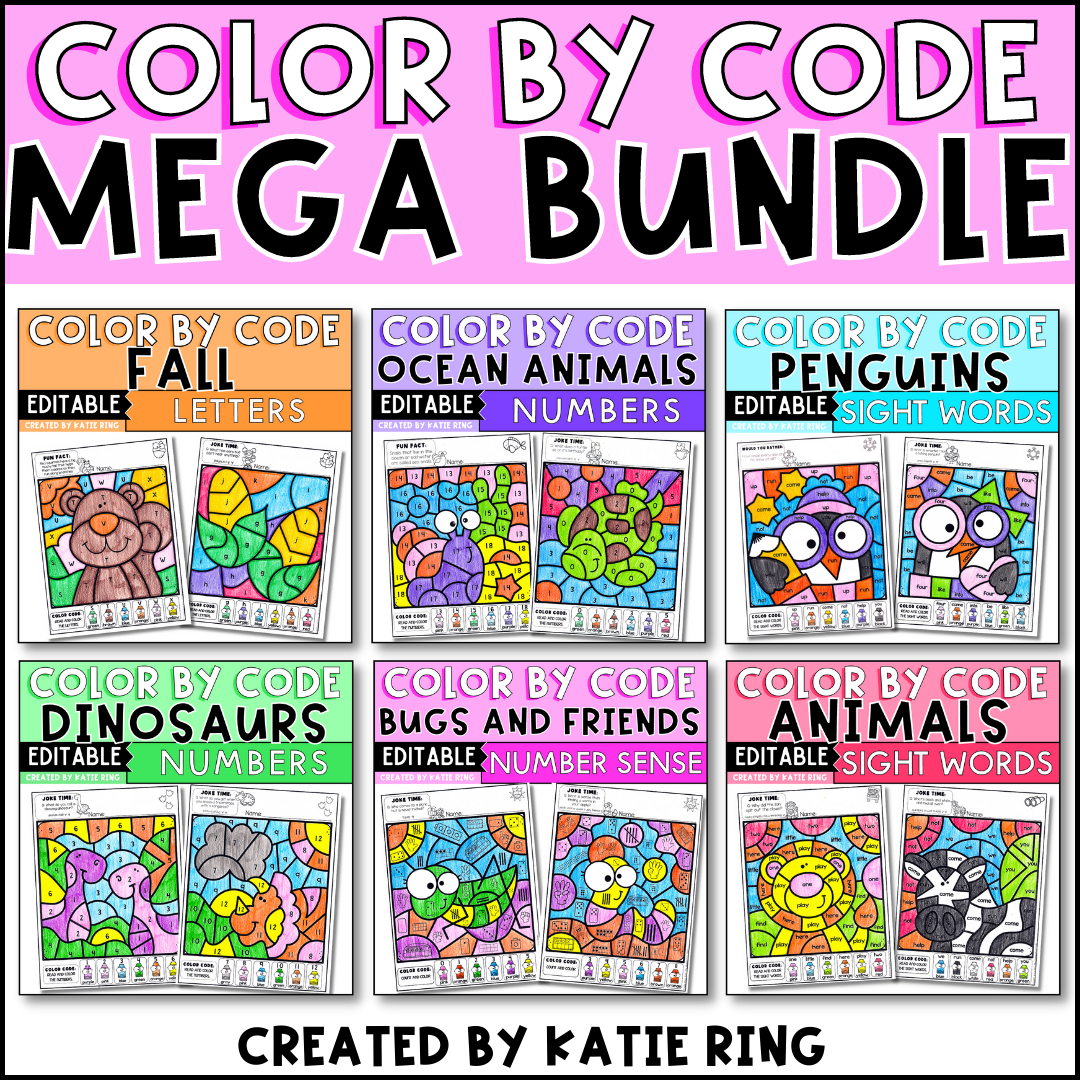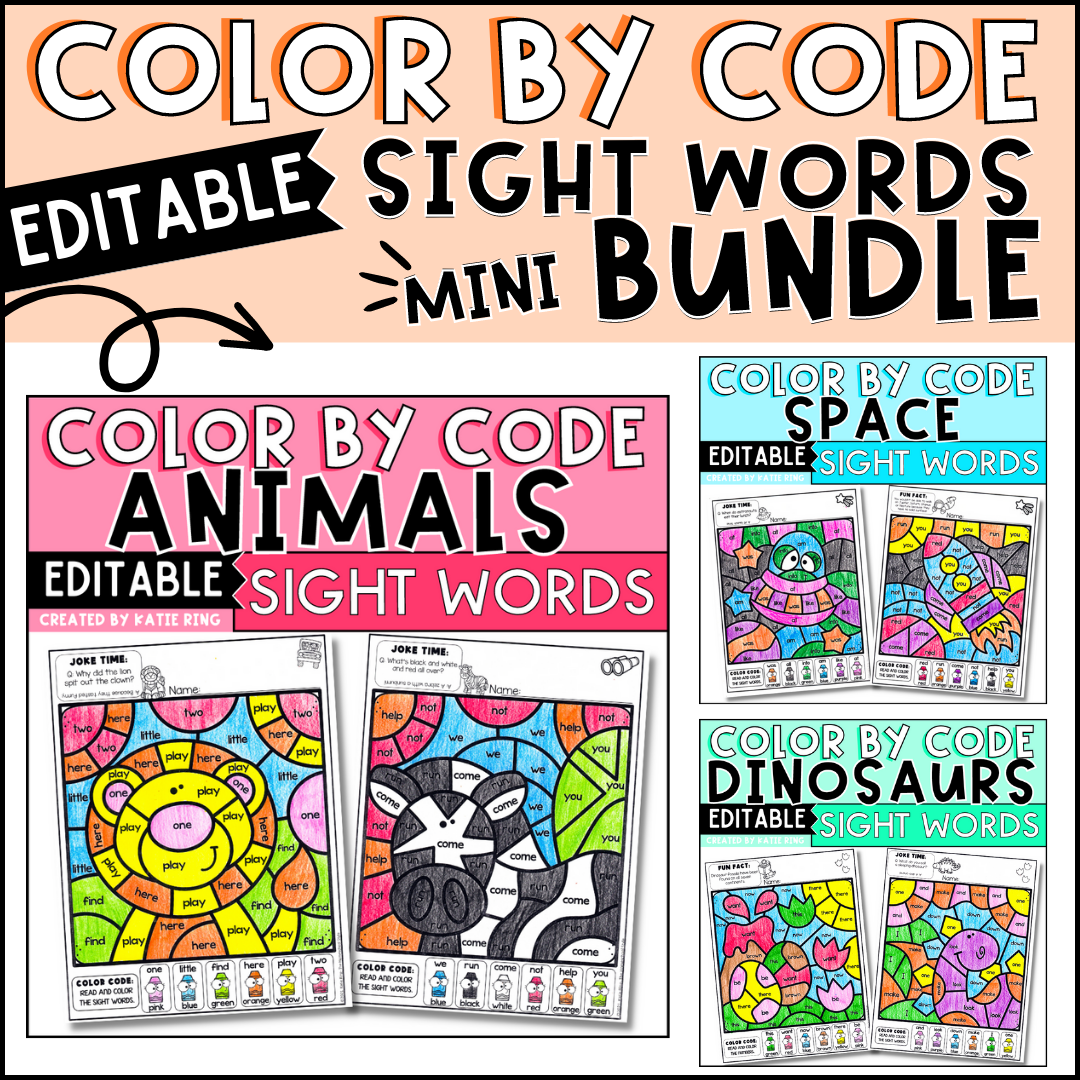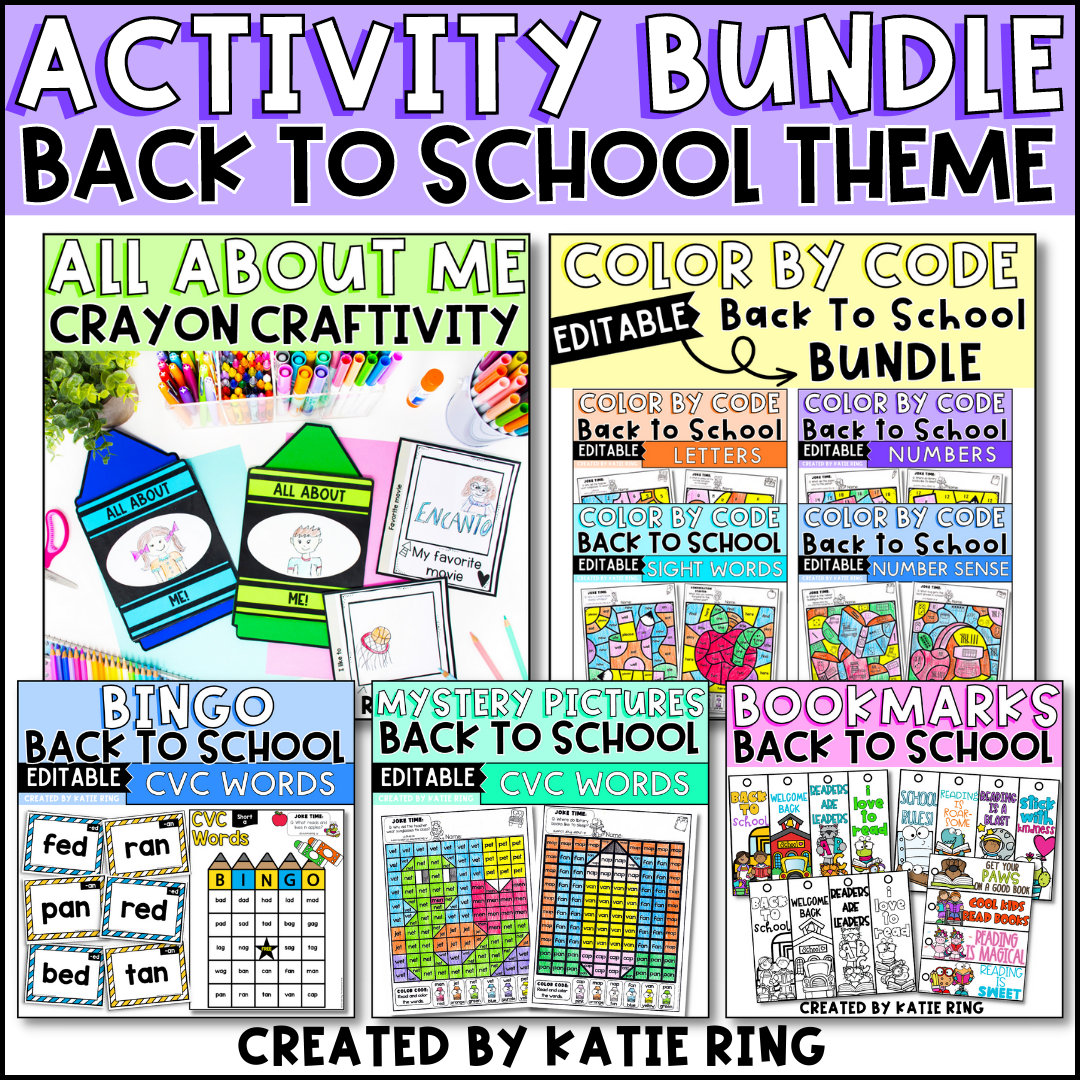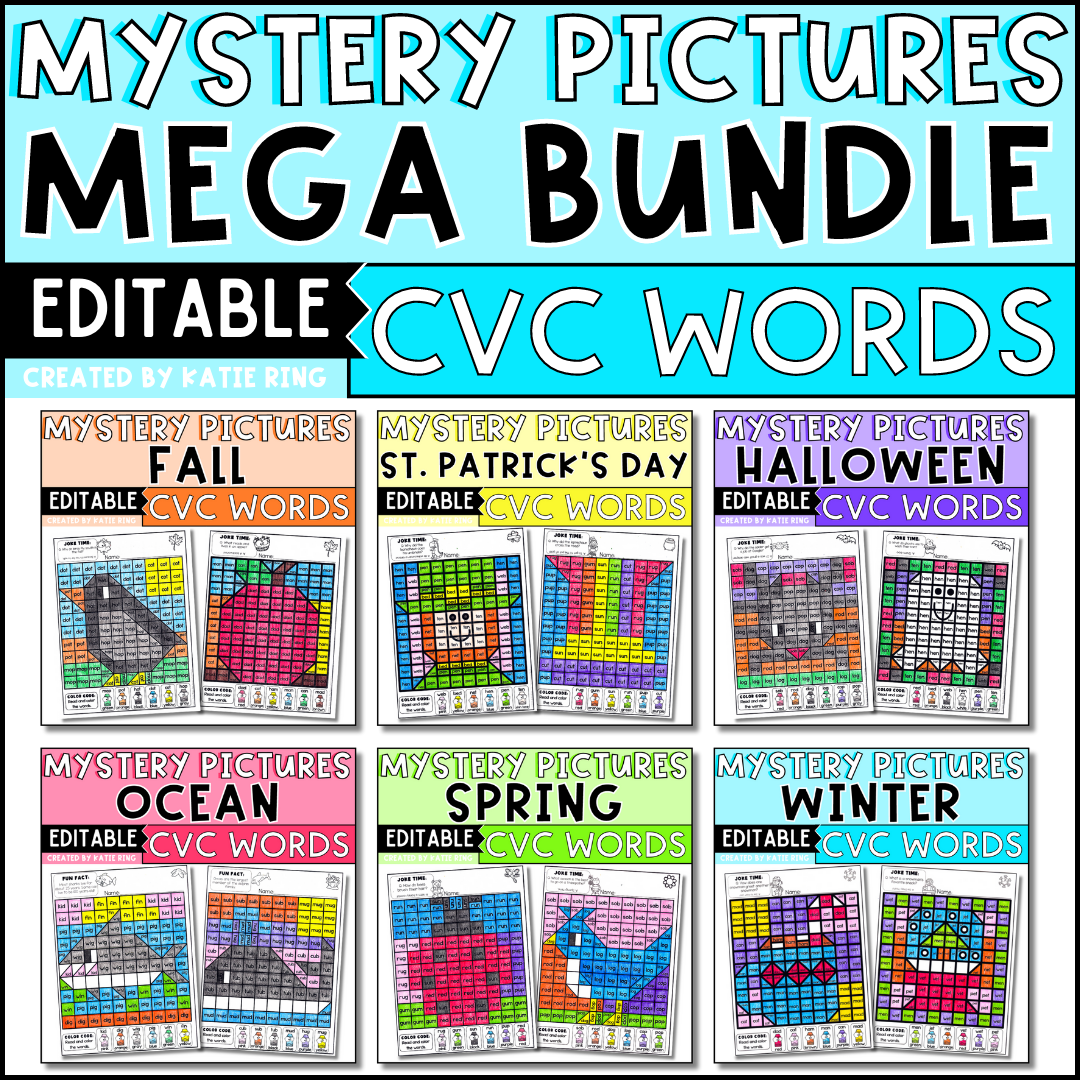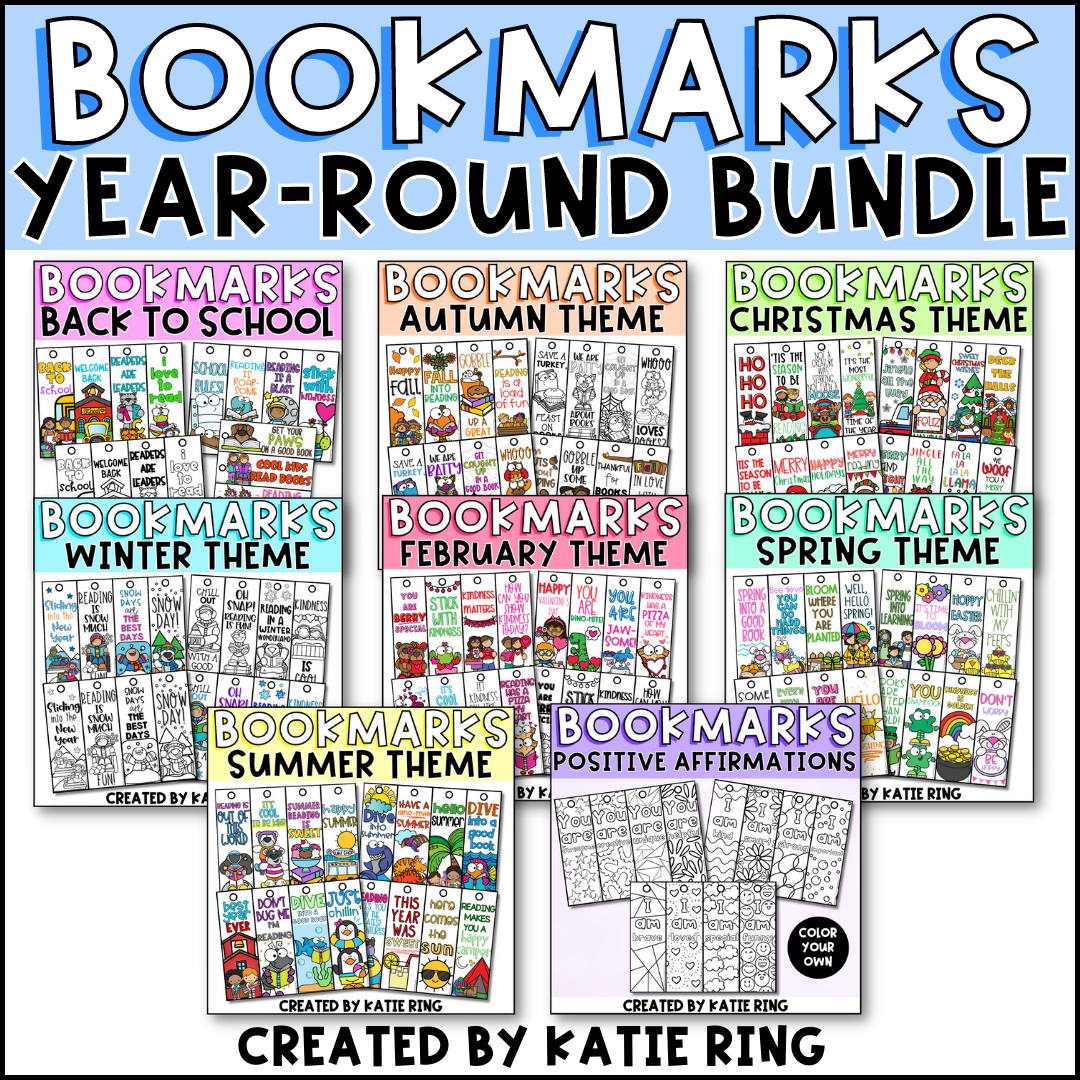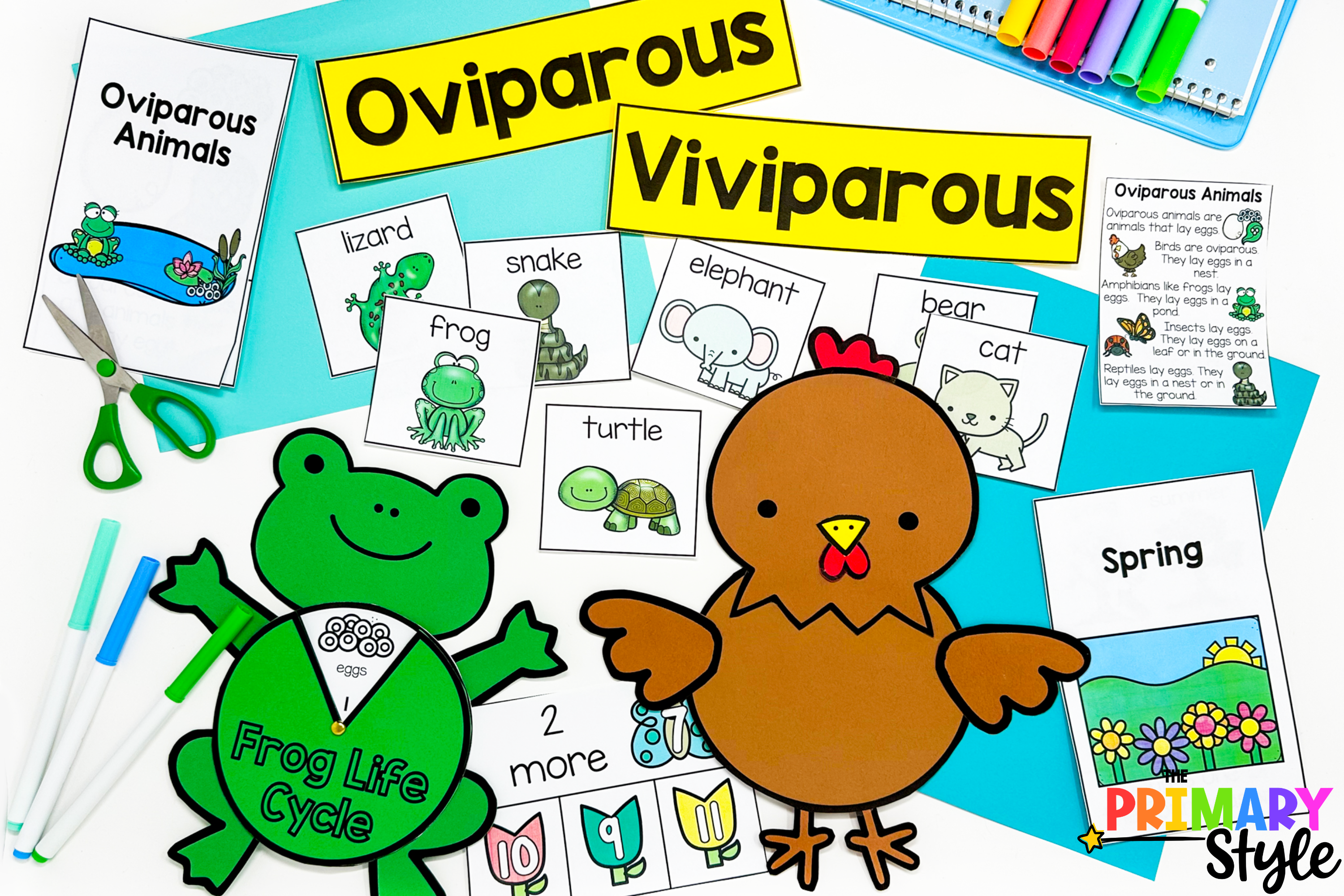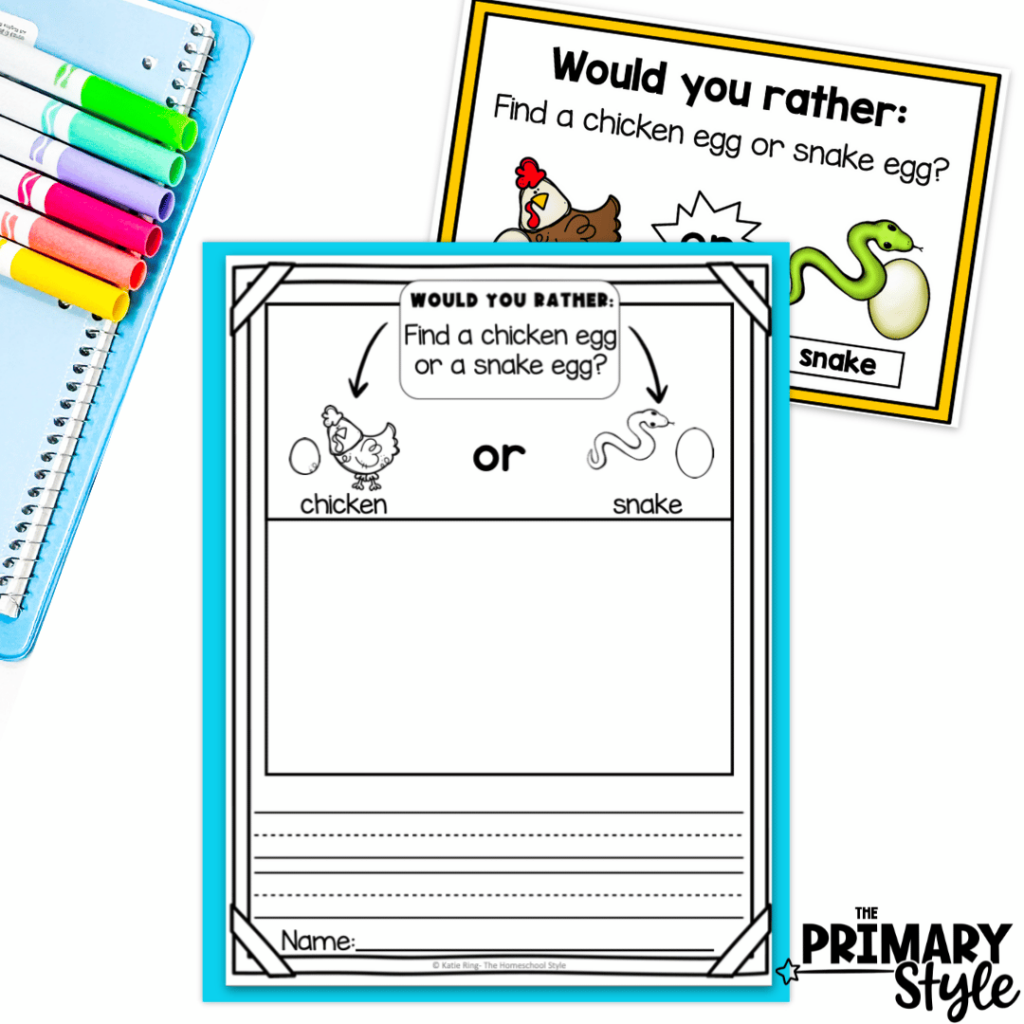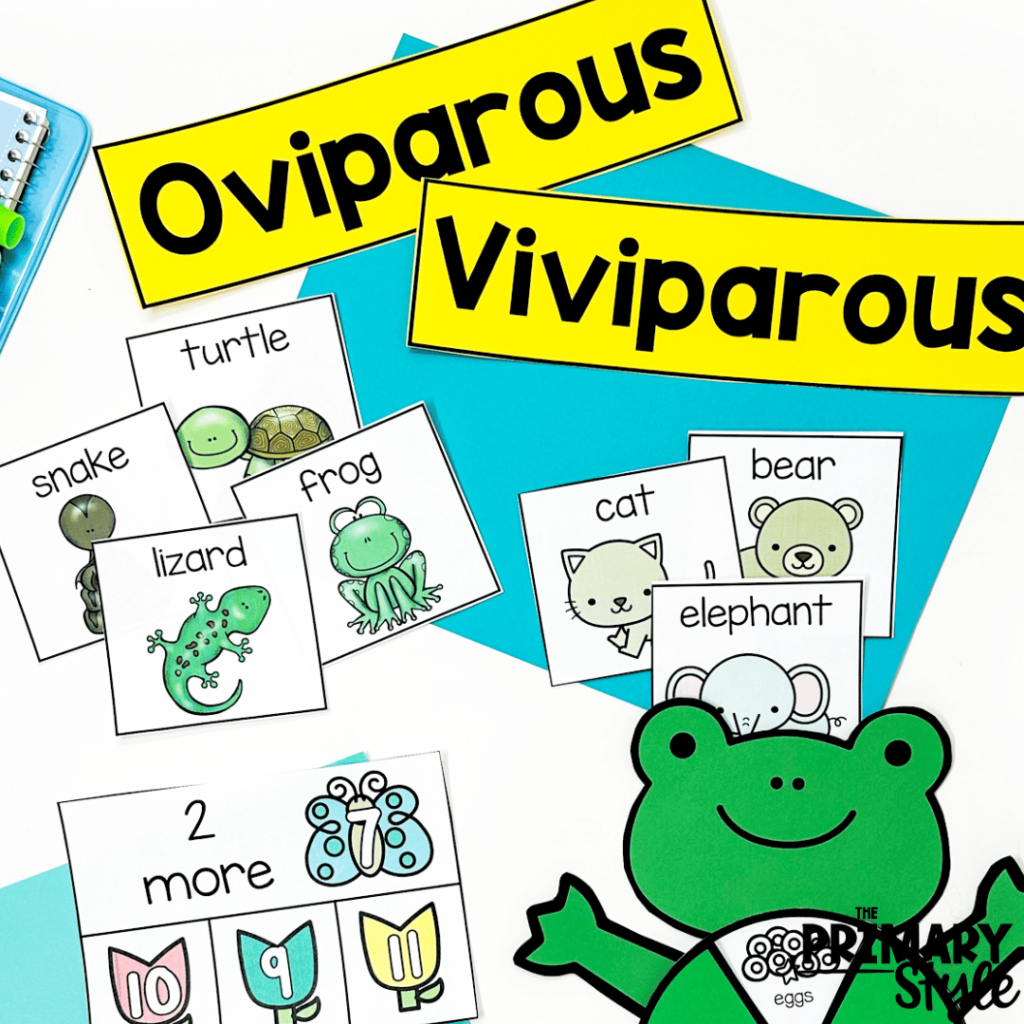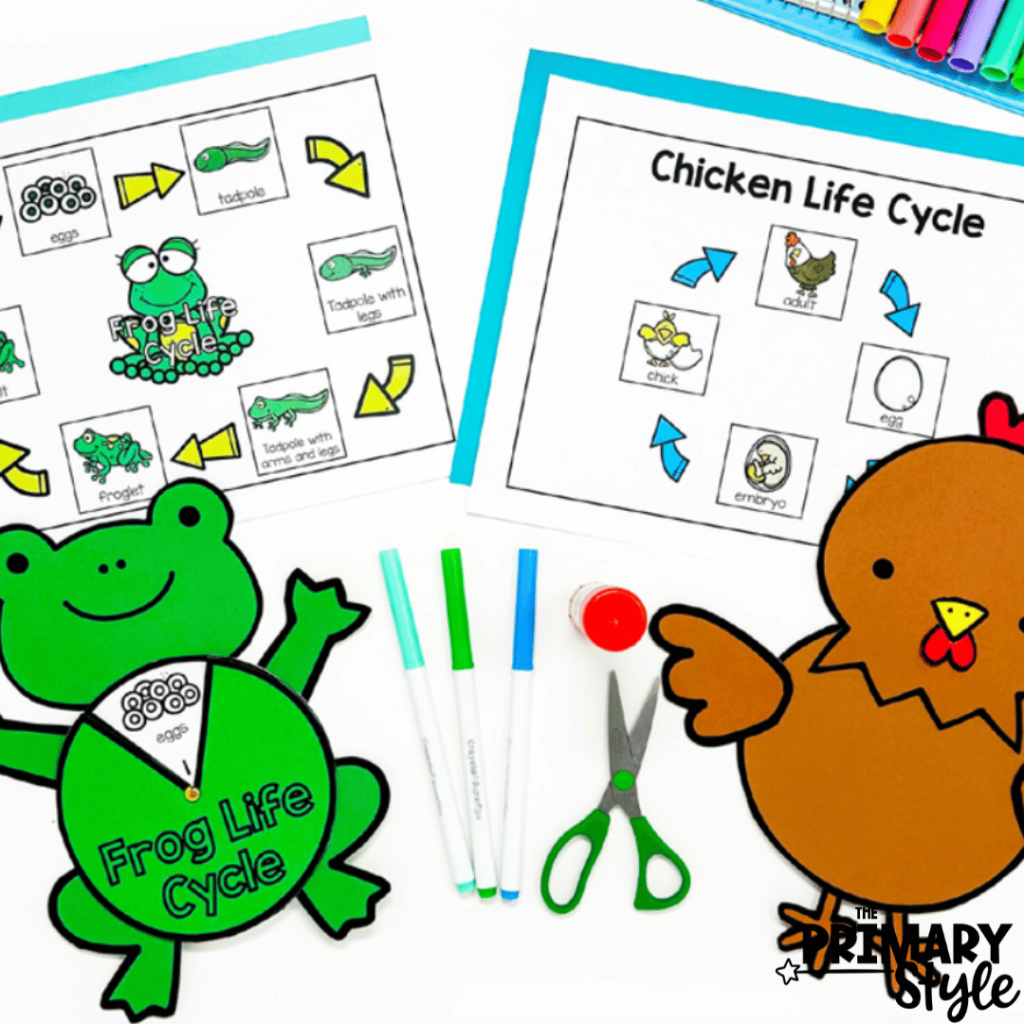Thematic teaching is such a fun way to incorporate many different topics into your classroom learning. I love that using a thematic approach means we can learn about so many fun things throughout the year. For example, in the spring, I love teaching students about oviparous animals. If you’ve never studied this topic before, you’re in luck – I’m sharing 5 fun ways you and your students can learn about oviparous animals together!
What are Oviparous Animals?
Oviparous animals are species that are born in eggs. This includes birds, reptiles, amphibians, fish, and arthropods. These animals are so fascinating to young learners and will be a great addition to your learning activities. As I mentioned above, I love teaching this topic in the spring, but it can be used any time of year. Now, let’s dive into the activities!
1. Read Books About Oviparous Animals
The very first way I like to get started with oviparous animals (or any theme, really!) is with books. This is a great way to introduce a new topic, provide some examples, and talk through important concepts with students. Using read alouds before your lessons will set the tone and get everyone excited to learn more! I have a book list on Amazon that’s filled with my favorites for this topic. Here are a few of the highlights:
Where Are You From?: Oviparous/Viviparous Animals by In-sook Kim
This book is beautifully illustrated and provides great examples of the differences between oviparous and viviparous animals. Your students will love learning about the characteristics of each one and what makes them different. This book is written in an easy-to-understand format for young learners. Try reading this book aloud once and then going back through and asking the children to recall which animals are viviparous and which are oviparous. You can write them down under each category on an anchor chart as you go to refer to them later in your lessons.
Who Laid the Egg? by Audrey Sauble
This book will teach students about animals that lay eggs and engage them in a guessing game of which egg belongs to each animal! It is written in a repetitive style to help students practice vocabulary words and sight words. Each egg is accompanied by a clue that students can use to guess which animal or insect laid the egg. Your students will love guessing and naming oviparous animals with this book!
Chicks and Chickens by Gail Gibbons
This author is known for her incredible nonfiction books with beautiful watercolor illustrations. When it comes to science and social studies topics, her books are always among my favorites!
Inside this book, students will learn interesting facts about a very popular oviparous animal – chickens! This is especially fun if you plan to raise chicks as you study oviparous animals. Which, by the way, is a REALLY fun activity if you’re up for the challenge of incubating eggs.
This book details the life cycle of chickens, how eggs are laid and hatched, what different breeds of chickens look like, and more. It’s got everything you need to know in a kid-friendly, easy-to-understand format. Definitely consider this one if you want an in-depth look at chickens!
From Frog to Tadpole by Wendy Pfeffer
Frogs are another popular animal to study within this topic. I love using this book to take a detailed look at these animals and how they grow. Inside you will find beautiful pictures that perfectly illustrate all of the key vocabulary and concepts covered in this book. This is one that your students will want to take a closer look at after you read it aloud!
These books are a great place to start, but if you’re looking for more, don’t forget that you can find my full list on Amazon. These are all the books we have used and loved for studying oviparous animals!
2. Use Mini Readers to Recap
I have many fun resources for studying this topic in my Spring Thematic Unit. Don’t forget, though, you can use the topic of oviparous animals any time of year! Some of my favorite resources inside that unit are the reading passages and mini-readers. These allow us to revisit what was discussed in the read-alouds, in a simple and clear format. We use them as a whole group and sometimes in small groups.
As we read, I like to have students circle vocabulary words that will be important in our lessons. I find that this is very helpful for comprehension. When we come to an important word or sentence, we will stop, circle the vocabulary word, and take a minute to define it. This extra step helps the material sink in and will be helpful in my next idea for studying oviparous animals!
3. Use Oviparous Animals Writing Activities
Next, we focus on vocabulary words, labeling, and writing activities. I have many different activities and options inside my Spring Thematic Unit that cover these topics. First, we start with the vocabulary words. Since we spent time on these when using the readers, they should look familiar to the kids. I have them trace the words and color pictures of each one. We also use labeling pages and posters to identify parts of specific animals, like chickens.
After working through these pages together, I have the kids use some fun writing prompts for this topic. We love Would You Rather? prompts, so I included one in this unit that asks students if they’d rather find a chicken egg or a snake egg. These are always interesting to read! There are also some directed drawing activities that the kids really enjoy.
In addition to these, it’s also fun to have students write about their favorite animals from the lesson. They can choose an animal to highlight and write about why it’s their favorite or include some interesting facts about them. This is a good time to pull out those readers or reading passages and utilize the circled vocabulary words!
4. Play Sorting Games
Next up, a game! My kids love games and center activities, so I created a sorting game for this topic. Students will sort animals into categories depending on whether they are viviparous or oviparous. I like to laminate the sorting mats, headers, and picture word cards so that we can use this activity in a couple of ways.
First, we can play as a whole group by using the help of a pocket chart so everyone can see. I can call on students, have them choose a card, and then place it into the correct category. If they answer correctly, they get to choose a friend to try next. After playing as a group, this becomes a fun center activity for students. The cards can be played using the pocket chart or by laying everything on the floor or a table. As they work on sorting, I also have them write a list for each category for extra practice. This activity is a great way to recap what you’ve learned and see how much your kiddos remember from your studies!
5. Study Life Cycles of Oviparous Animals
Life cycles are a really fun thing to focus on while studying oviparous animals. Inside my Spring Thematic Unit, you will find many helpful resources for taking a deeper dive into the study of life cycles. I’ve included:
- Life Cycle Posters (Ladybug, Frog, Snake & Chicken)
- Life Cycle Worksheets
- Life Cycle Crowns
- Oviparous Animals Compare/Contrast Worksheets
- Frog Life Cycle Craftivity
- Chicken Facts Craftivity
These activities will allow you to walk through the life cycle of many different oviparous animals and consider how they are alike and different. The students are always really interested in learning more, and this helps to keep engagement high! They especially love the craftivities that allow them to record some of what we’ve learned and make a cute animal craft to go with it!
Make Studying Oviparous Animals Simple
I hope these activities have inspired you to study this topic in your classroom. Not only is it a lot of fun, but it’s also so interesting! If you want to streamline your lesson plan and take the guesswork out, consider checking out my Spring Thematic Unit. It includes all of the activities and lessons mentioned here as well as TONS of other fun spring-themed activities.
Inside, you’ll also find lessons for Spring seasonal changes, Easter, and Earth Day in addition to the ones mentioned here. You can use the oviparous animals activities any time of year and have the added benefit of adding many other spring activities to your teaching toolbox! It’s a win-win! Head on over to my store to check out the Spring Thematic Unit and plan your own lessons!
Love Thematic Teaching? Here’s More Posts!
Check out these posts next if you’re looking for more thematic teaching ideas for the primary classroom!
Save This Post
Make sure to pin this post on Pinterest so that you can come back to these activities when you’re ready!

